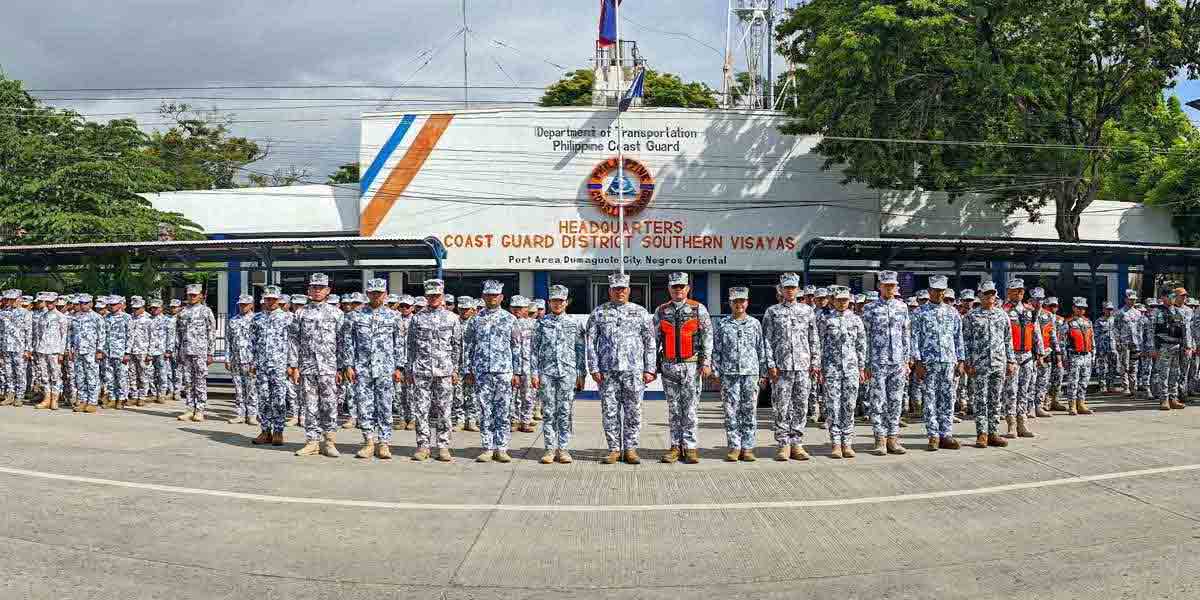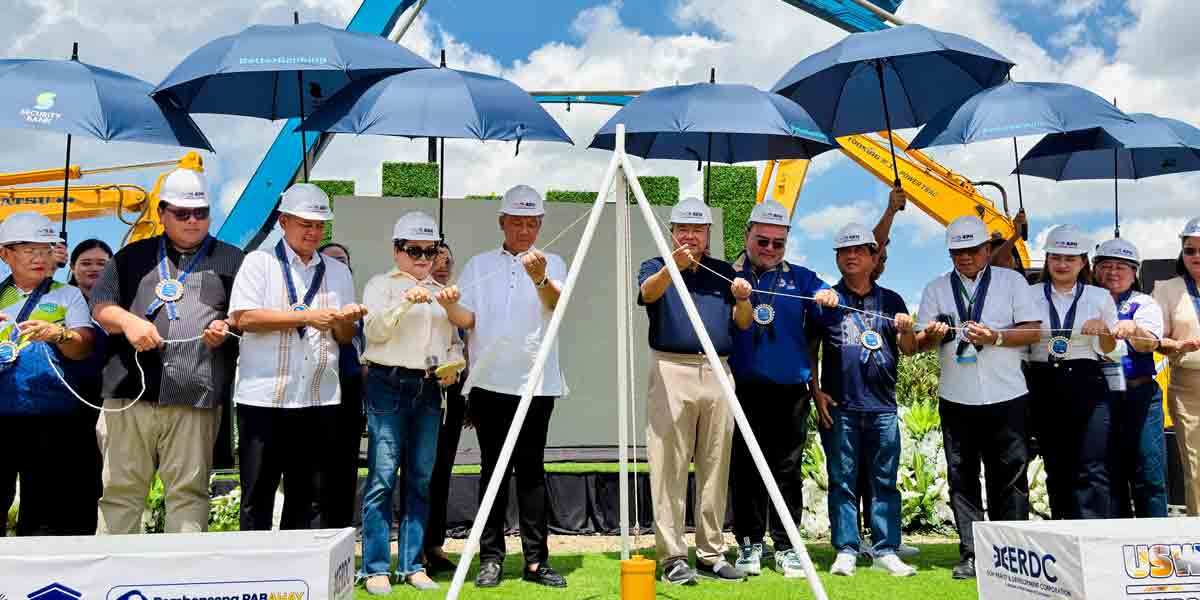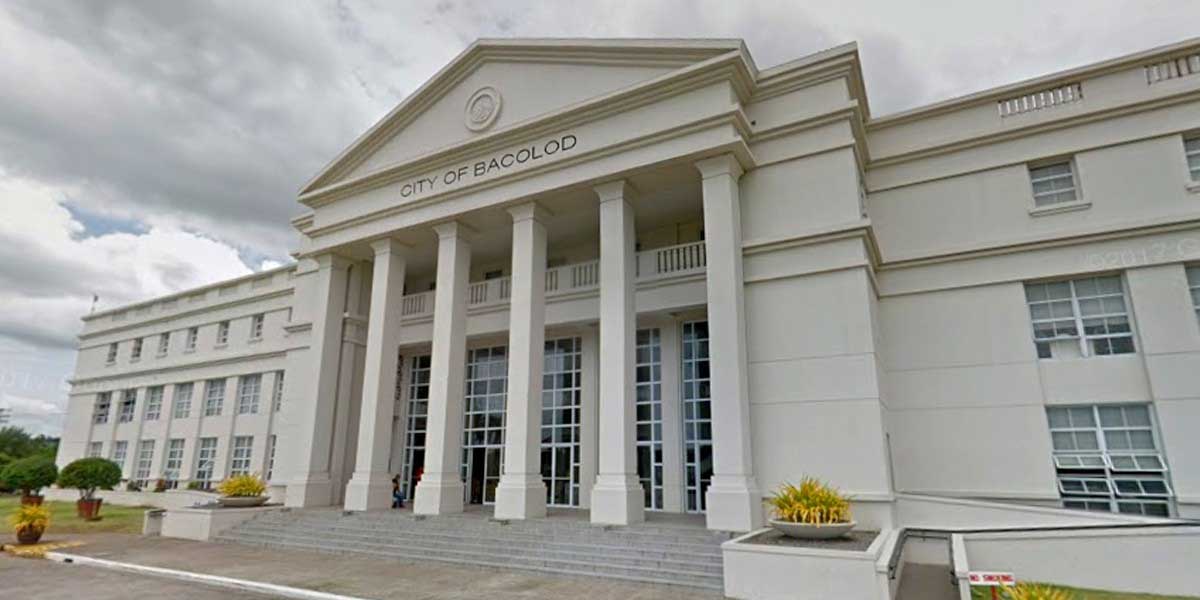
for the market’s supply. (Photo: Ma. Louiela Angela Mataac)
By Ma. Louiela Angela A. Mataac
The Iloilo fishing industry is grappling with oversupply and insufficient storage facilities, raising questions about post-harvest initiatives at municipal fishports.
A crisis due to an oversupply of tuloy (Indian Oil Sardine) fish occurred at Concepcion Fishport on August 14, 2024.
Mark Rufino, officer in charge of Coastal Resource Management under the Municipal Agriculture Office of Concepcion, explained that challenges emerge during the fish “idling” season when fish production spikes and leads to oversupply.
Rufino further emphasized, “Sa totoo lang po, wala po kaming post-harvest facility specifically for the species of sardines.” (In truth, we do not have a post-harvest facility specifically for sardines.)
Concepcion Fishport relies on informing fishermen about the quantity of fish needed by traders and distributors. Their fishing efforts are mainly dependent on these demands. Without proper facilities, this is currently the most effective way to manage the situation.

Fish Oversupply Causes
Learning from Concepcion Fishport’s experience, one key factor is “seasonal oversupply.” Marine life is naturally inclined to reproduce at certain times, resulting in larger fish catches in specific sea areas.
However, fishports face challenges with preservation, as they require additional funding and proactive initiatives to improve storage capacity.
A lack of post-harvest facilities and inadequate management of fishing efforts and capacity regulation are significant issues, preventing local fishports from effectively controlling operations and conserving fish stocks.
Oversupply is not a rare occurrence in the fisheries sector of Iloilo.

Joel T. Abalayan, Senior Aquaculturist at the Bureau of Fisheries and Aquatic Resources (BFAR), explained a third factor contributing to the phenomenon of oversupply. “In general, Region 6 is a surplus producer of fish. We are producing more than a hundred percent of what we require,” he said.
Data from 2022 shows that the fish sufficiency of Region 6 reached 125%, while in 2023, it was 114%.
This confirms that Iloilo, as part of Region 6, often experiences oversupply and population growth of fish. While Iloilo catches more than what local distributors demand, the extra inventory is sent to areas outside the region, such as General Santos, Cebu, and Metro Manila, which suffer from fish shortages.
Abalayan pointed out, “With sustained production and domestic trade in the industry, fish oversupply could be transformed into a product market.”
However, a significant challenge remains with the “catch and sell” mindset among fishermen, which often results in overfishing. This issue circles back to the core problem of insufficient post-harvest facilities.
POST-HARVESTING INITIATIVES
BFAR is addressing this problem by implementing programs and training for local fishing communities. These include educating fishermen on responsible fishing, promoting marine life awareness, ensuring seafood safety, coordinating post-harvest value addition, using fishing gear responsibly, and understanding the fish capture capacity of their respective fishports.

Meanwhile, the Northern Iloilo Fishery Rehabilitation and Development Project (NI-FRDP) spearheaded the redevelopment of an old fishport in Concepcion on September 24, 2024. This facility is expected to house cold storage facilities and better fishing equipment, benefiting both the market and the fishermen.
Despite the challenges, the current oversupply situation highlights the region’s rich aquatic resources, productive fishing locations, and high-yield capture rates.
The ongoing redevelopment of the Concepcion Fishport offers hope that, with immediate action, regional fishports can address this pressing issue.
(Ma. Louiela Angela Mataac is a 3rd year Communication and Media Studies student of the University of the Philippines Visayas, Miagao, Iloilo)





















